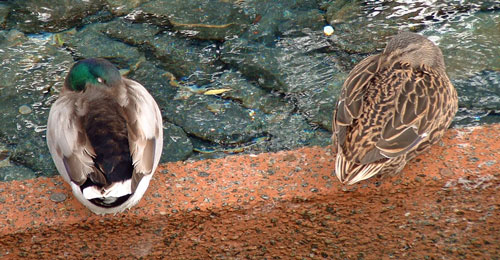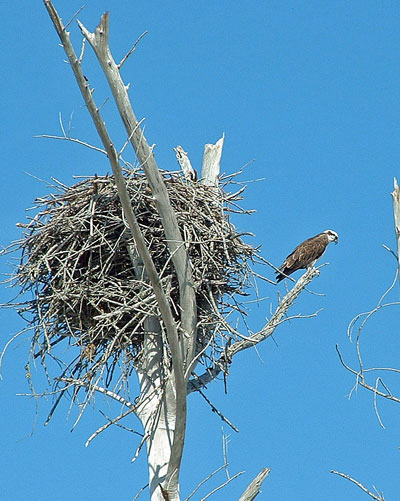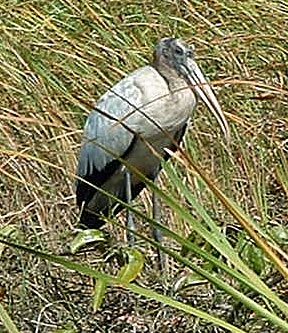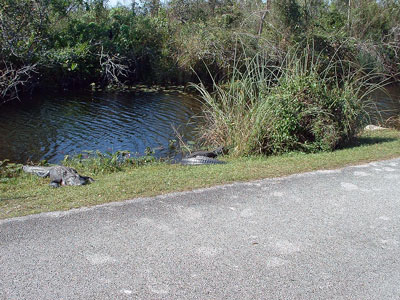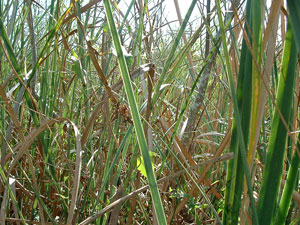From morning prayer:
God, our Father,
Yours is the beauty of creation
and the good things you have given us. . .
I had anticipated part of my story in the photographs I recently posted, and I thought perhaps that I would not get around to writing it. And yet the subject compels my mind day by day in a way that few things have for a very long time. Even amid all of the distractions of the day, I return to this place, this river of grass at least once a day. And I think about the next time I will visit. (There's a Jewish and Christian artifact exhibit at the museum in Ft. Lauderdale--another excuse to visit?)
Upon arriving at the center, the first thing we did was look for the tram tickets. We were a few minutes away from the next tram and we were in fairly full tourist season--the trams would be full. After we had gotten the tickets, we had a few minutes to wait and wandered over to one of the exhibit buildings which fronted on a small, probably artificial waterway.
At the back of this station there is a small boardwalk that overlooks the waterway. In the nearby trees two anhingas rested, wings spread to dry out from the morning's fishing. At the base of another tree a great blue heron stood, unblinking, unmoving, just waiting. Waiting for what?
There's a stir in the water--suddenly, splashes--not ripples of fish coming near the surface to scoop up succulent mosquito larvae or other food--full fledged splashes, as though leaping to get out of the way. Ten, eleven, twelve splashes in a progression from far away to near. And then the cause--silent and slow-moving, the black back of an alligator as it moves with hardly any stirring.
It's hard to capture the excitement of seeing this kind of thing in the wild. Naturally, one goes to the gator parks and sees alligators swimming around. But this was the first time I had seen such a large animal in the wild moving. I had, a couple of summer ago, walked over a sleeping gator in Corkscrew swamp--but I had never see a living gator in the wild so close.
Additionally, through the tea-colored water of the canal, you could also see the strange, elongate forms of the Florida gar, hovering out of harm's way. At first the gator swam at the surface as though enjoying the morning sun, but as he approached the ranger station, he gradually submerged and finally vanished beneath the water.
That was our introduction to the wildlife of the Everglades. My description here cannot do it justice, nor do I think still pictures nor even movies. The only way to experience something like this is to go for yourself. And I would encourage everyone to take the time to do so. Go and see what is being argued about and fought over. Go and see first hand what is really present.
In the course of our tram-ride we were to learn that in the ten-year history of the particular guide who accompanied us, there had been only two minor incidents with alligators and tourists--both of them the result of sheer foolishness. In neither case were the tourists seriously injured. The rule, respect the space of the gators and they will, fairly reliably, respect your space. And that makes sense--we are as alien to them as they to us--and because they have little or no reasoning ability, we are far more frightening because we tower over them--they want as little to do with us as they can. But don't come between a mother and her offspring; and for heaven's sake, don't put your child on a gator's back for a photograph.
Next time, I'll try to finish this with a description of the seven mile ride into the Everglades to the observation tower--the triumph of the Army Corps of Engineers, with also was a triumph of construction for the habitat itself.

